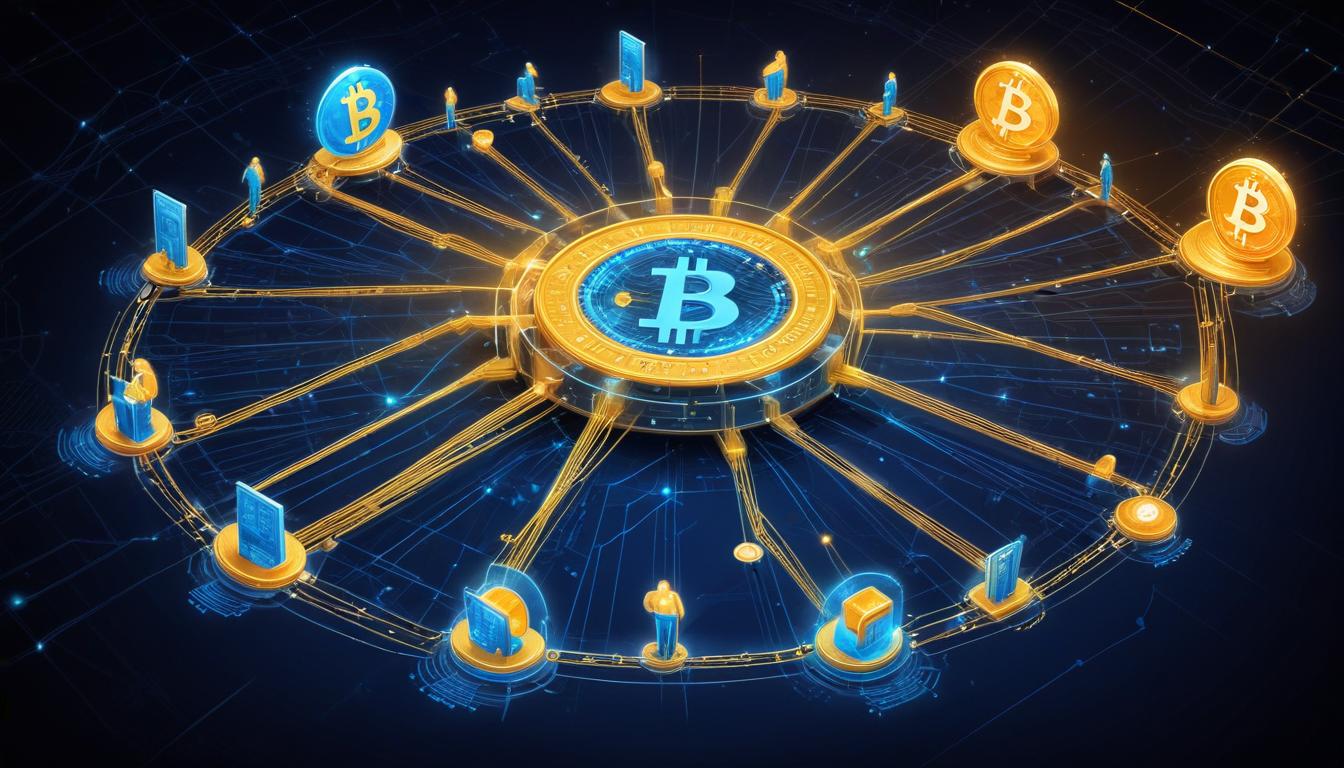The evolving landscape of Bitcoin ownership and network security presents fascinating challenges as the cryptocurrency transitions from a grassroots movement to an institutional asset class. This analysis explores the complex dynamics between distribution patterns, network security, and the long-term sustainability of Bitcoin’s decentralized nature.
The increasing institutional adoption of Bitcoin through vehicles like ETFs, corporate treasuries, and potential nation-state reserves has sparked intense debate about concentration of ownership. While large players accumulating significant holdings might seem concerning at first glance, the fundamental architecture of Bitcoin’s network ensures that mere ownership concentration doesn’t threaten its decentralized nature. The true measure of decentralization lies in the distribution of nodes and mining power, not coins themselves.
The role of transaction fees in sustaining network security becomes particularly crucial as block rewards diminish over time. While some worry that large institutional holders who rarely move their coins might reduce on-chain activity and thus miner revenue, market dynamics suggest a more nuanced reality. The scarce blockspace combined with growing adoption creates natural pressure for fee revenue, while layer-2 solutions help balance accessibility with security funding.
Self-custody remains a cornerstone principle that helps maintain Bitcoin’s decentralized ethos even as institutional adoption grows. When individuals and entities maintain direct control of their private keys rather than relying on custodial services, it strengthens the network’s resilience against centralized points of failure. This practice also promotes healthy on-chain activity as users periodically move funds for security and privacy reasons.
The emergence of layer-2 scaling solutions like Lightning Network provides an elegant answer to concerns about accessibility and transaction costs. These protocols allow Bitcoin to maintain its secure, decentralized base layer while enabling efficient micropayments and broader participation. The natural economic pressures help establish an equilibrium where high-value settlements occur on-chain while everyday transactions happen on secondary layers.
The difficulty adjustment mechanism serves as a crucial market-based regulator that helps ensure long-term mining sustainability. As mining profitability fluctuates with price and participation, this algorithmic adjustment maintains steady block times while allowing market forces to determine optimal mining investment. This elegant system helps balance security needs with economic efficiency.
Looking ahead, the maturation of Bitcoin’s ecosystem will likely lead to a natural stratification of usage patterns. Large institutions may indeed hold significant portions of the supply, but the divisibility of bitcoin into satoshis combined with layer-2 scaling ensures that individual participants can still meaningfully engage with the network. The key is maintaining decentralization of network infrastructure rather than pursuing an impossible ideal of perfectly distributed ownership.
The future of Bitcoin’s security model appears robust when viewed through the lens of game theory and market incentives. Even with evolving ownership patterns, the combination of proof-of-work mining, difficulty adjustments, and fee markets creates strong incentives for ongoing network security. The key is allowing these market mechanisms to function while preserving the decentralized nature of the underlying protocol.
In conclusion, while the concentration of Bitcoin ownership among large players presents valid considerations, the fundamental security and accessibility of the network remain sound through its technical and economic design. The focus should be on promoting self-custody, supporting decentralized infrastructure, and developing scaling solutions rather than concerning ourselves with the natural emergence of large holders in a free market system.



